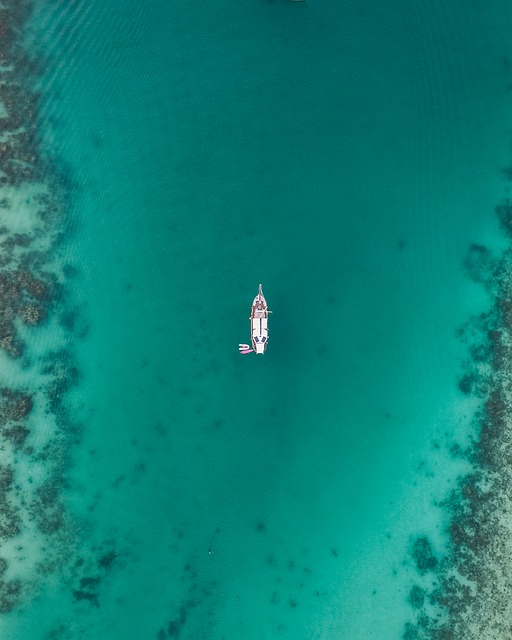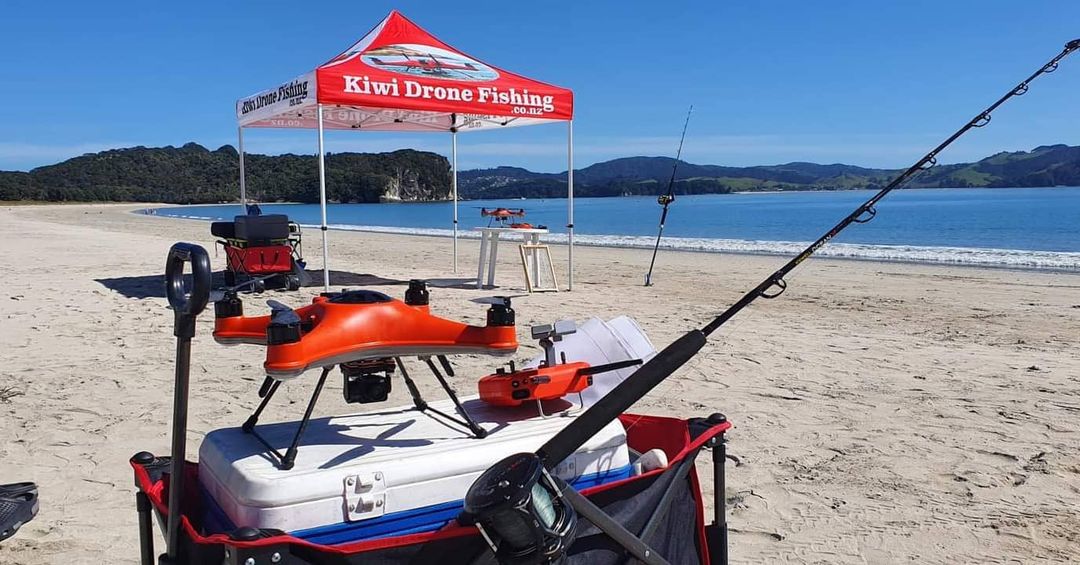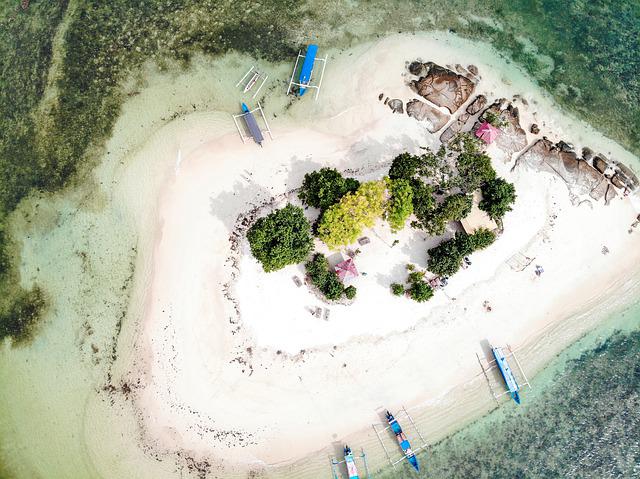
New Zealand has an exciting new method of fishing, drone fishing. This exciting new technique uses the latest in drone technology. It opens up a new world of fishing options. Drone Fishing NZ has a number of top retailers that can sell you a DJI or Splash drone. Splash drones, GoFish cams, and custom-built fishing gears are all available.
Aerokontiki Drones
For a better picture of what you're doing, try a fishing drone like the Fishhawk, a product of Sharkan. The stabilized camera takes 12-megapixel photos and 4k UHD movies at 30 frames per minute. You can view the videos from your smartphone. The drone is capable of flying for up to 23 mins, has a spare lithium battery, and has a long transmission range.
Mobula
The Mobula drone is specifically designed for fishing, so you don't have to worry about letting it fly into the water. It is buoyant and IP56-rated. This means that it can withstand wind speeds up to 20 knots. It also comes with safety features like automatic return to the home, automatic payload delivery, and 3 release mechanisms. A water-returning feature means that your drone will always return to the surface if its battery dies.
Banks'
The use of a fishing drone has become a huge trend, gaining the attention of anglers and sports enthusiasts. However, using a drone comes with its own set problems. A drone is not designed to fish in deep water. The second problem comes when a drone crashes twice in the same area. You can't always rely on the information in the video if that happens.

SplashDrone 4
For the ultimate in water sports and recreational use, Swellpro has created the waterproof SplashDrone 4 drone with a brand-new float platform. It's designed for fishing parties and other water activities. The drone is constructed of corrosion-resistant materials. The SplashDrone 4's patented Smooth+ flight control system gives the user complete control over the drone, which helps keep it stable in any situation. The drone's advanced technology allows it capture every angle and every moment in the sky.
Drone for Fisherman
A New Zealand Fisherman Drone Fisherman is in for a real treat. Snapper is a sought-after species for drone fishermen. Snapper are also beautiful and delicious to catch. These fish can be found off the coasts of the North and South islands, and they often congregate in large numbers during springtime during their spawning season. These fish are readily available throughout the year, although they are less common in the fall.
Flying a Drone
These guidelines will help you ensure a successful trip if you plan to fly a drone to fish in New Zealand. The law should be understood. It is against the law to fly your drone over marine life, or within 500 metres of any marine mammal. It is important to pay attention to your surroundings while flying your drone. This will prevent your expensive drone from being confiscated.
Payload for a drone
You can get a drone for fishing, but what you must be aware of is the payload. You will need to find a drone with a payload capacity to carry heavy fish and enough endurance to fly for a long time. If you are only going to fly your drone for just a few moments, you will probably not be able to catch enough fish. The technology behind drone fishing in New Zealand has improved.

FAQ
Does the FAA regulate drones?
The FAA supervises all aspects related to drone operations, including certification requirements and safety standards.
Can I fly my drone around my area?
Yes! These are called UAVs (unmanned aircraft vehicles). There are several types of drones available for sale today, from small quadcopters to large fixed-wing aircraft. The FAA recently published new rules on commercial UAV usage, which allows you to legally fly them for commercial purposes. It is important to remember that UAVs are not allowed near airports.
Do I require special training to fly a drone
You don't require any special training to fly your drone. All you need is a remote control unit and some basic knowledge of flight mechanics.
Statistics
- According to ZipRecruiter, the minimum hourly wage of drone pilots is $20. (thedroneu.com)
- According to industry research from ZipRecruiter , there are 10 cities where the typical salary for a Drone Pilot job is above the national average. (dronesgator.com)
- With the top 10% making over $100/h and the bottom 10% making as low as $10/h. (dronesgator.com)
External Links
How To
How to Fly Drones with Beginners
A drone is an unmanned aerial vehicle that can be remotely controlled and used for surveillance, aerial photography, film production, research, and other hobby purposes. The technology behind drones has been around since World War II. However, commercial use began in 2010 when DJI released their Phantom series of quadcopters. There have been many drones made since then. These range from beginner-friendly drones like Parrot AR Drone 2.0 to more advanced multi-rotor craft like DJI Mavic Pro.
You can fly a drone in many different ways, including:
-
Remote control - This method uses a control device attached to your hand, which enables you to steer the drone through its flight path. There are two main types, On/Off switches (like radios) and joysticks.
-
Manual Control - Using a smartphone app, this method allows users to remotely operate the drone via GPS coordinates. You must keep track of the location where you want the drone to go and follow the instructions from the app.
-
Autonomous flight - The drone takes over the piloting duties. It basically flies autonomously without any human intervention. For the autonomous flight to occur, the drone must have a built-in camera and sensors capable of capturing images and data.
-
Triggered flight - This is similar to manual control except that the pilot sets up a preprogrammed route and the drone follows the route until it reaches its destination. Once the programmed route has been completed, the drone returns to the base automatically.
-
Landing Gear: Some drones have landing gear that allows them safely to land in case they lose power or run low on battery.
-
Goggles: Some pilots use goggles in order to protect themselves against debris when operating.
-
Camera - Some drones are equipped with cameras allowing you to capture photos and videos from above.
-
Obstacles: Some drones are equipped with obstacle avoidance systems to prevent them from hitting obstacles.
-
Speed - Some drones reach speeds exceeding 40 mph.
-
Battery Life - Most drones can last between 20 minutes to 3 hours, depending on how much power you're using.
-
Some drones are capable of traveling up to 30 miles depending upon their make and model.
-
Power source - Some drones need an external power source, while others use internal batteries.
-
Weight – Some drones are less than one pound, while other models can be up to four pounds.
-
Size - From small drones that can be carried in the palm of one's hand to larger drones that weigh over 50 pounds, drones come in a variety of sizes.
-
Price - From high-end models that cost thousands of dollars to low-cost options that start at $100, all drones fall under a certain price category.